Discover more products visit our website: www.royalantique
Gilt bronze mantel clock flanked by a troubadour and musical instruments, signed 'Ferdinand Berthoud a Paris'. The late 18th and early 19th centuries were a crucial period in which new technological advancements helped make watches more precise and wearable. During the 1790s, the production of gilded bronze increased dramatically as working conditions improved. The freedom of trade initiated by the French Revolution allowed many founders to develop large factories. The new factory environment allowed them to perform all stages of bronze working, including drawing, casting, gilding, assembling and trading in fine art. While the bronziers took a creative liberty by creating all kinds of clocks in contrast with the noble and rigorous structure carried by the movement of neoclassicism. During the reign of the Empire, the designs of the cases began to gradually evolve from a proportionate and strict classicism towards a baroque style and a renaissance style. The rediscovery of medieval civilization was one of the intellectual curiosities of the early 19th century, with many contributions from the Ancien Régime and its institutions, rites and medieval churches in which family ceremonies took place. This figurative mantel clock from the beginning of the 19th century is surmounted by a medieval musician. To be more precise, he is a French troubadour. The troubadours were known to have composed and performed lyric poetry for the nobility in medieval times. The clock shows a chiseled bronze troubadour, dressed in medieval fashion while holding a flute, playing an aria called "Du Troubadour" which rests on the rectangular case of the clock. In addition to this, the clock features a gilded bronze lute or hurdy-gurdy resting on a small stool on the opposite side of the clock case. The white enamel dial bears the Berthoud inscription and is underlined by a bronze entourage engraved with a motif of palmettes, as well as surrounded by c-scrolls and crowns. The original hands are in blued steel and surrounded by Roman numerals indicating the hours alongside Arabic numerals indicating the minutes. The small details that adorn the hexagonal plinth are reliefs, depicting two fountains or water basins on both sides with a lyre in between. The sculpted image of a lyre elevated above the background also features garlands of foliage tied at the top with ribbons. The clock is based on seven rotating feet. The clock was made in the well-known workshop of the Berthoud family and recognized for its excellent work by the King. History of Watchmakers Berthoud. Ferdinand Berthoud was a watchmaker and author of numerous timekeeping treatises as well as a Swiss watchmaker in the service of the King of France, who produced numerous marine clocks, including a weighted version which inspired the first American sea clock. He was born in Plancemont, Switzerland, the son of an architect and a magistrate. In 1741, he began a three-year apprenticeship as a watchmaker with his brother Jean-Henri. He made his first marine chronometer in 1754 (sent for testing in 1761) and in 1764 was appointed a member of the Royal Society of London and Horloger Mécanicien to His Majesty and to the Navy having inspected the construction of Marine Clocks. . In 1769, Ferdinand Berthoud brought in his nephew Pierre-Louis Berthoud (1754-1813), commonly known as Louis Berthoud, a talented young watchmaker and watchmaker, inviting him to come to Paris from Couvet, Switzerland, to continue his apprenticeship. Louis helped Ferdinand make and repair the sea clocks his uncle supplied to the French and Spanish navies. In 1802, after many years of research, Ferdinand Berthoud published one of his most important works: "Histoire de la Mesure du Temps par Les Clocks" [1], in which he demonstrated his exceptional knowledge of the art of horological mechanics. The titles, privileges and testimonies of recognition throughout his career, from the reign of Louis XV to the First Empire, as well as the tributes and studies that highlight his critical fame until today, testify to the importance of his square. in the long quest for precision. Pierre-Louis Berthoud In 1775, concerned with perfecting his marine clocks, Ferdinand Berthoud entrusted the management of his Parisian workshop to his nephew, Henry Berthoud, who was responsible for producing high quality decorative clocks and watches for the public. When Henry died in 1783, Ferdinand passed the reins to his other nephew, Pierre-Louis Berthoud (aka Louis Berthoud) who, since 1769, assisted him in the construction of marine clocks and who distinguished himself as an excellent director. Showing remarkable talent, Louis Berthoud was awarded in 1784 the title of "apprentice watchmaker-mechanic of the navy" following the delivery of the first pocket watch in longitude to the Prince of Asturias, future King Charles IV of Spain. Louis' work was continued by his two sons, Jean-Louis Berthoud.



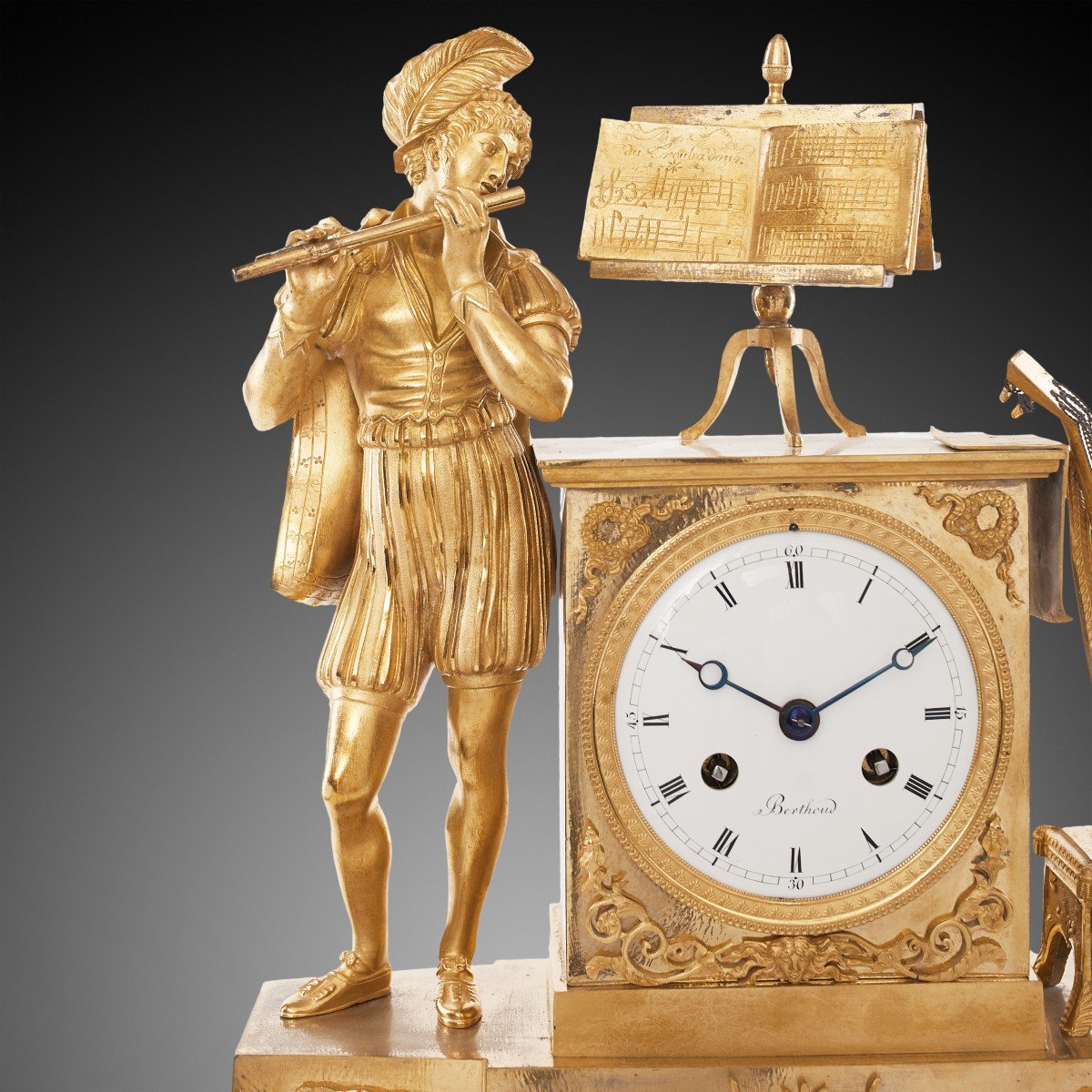
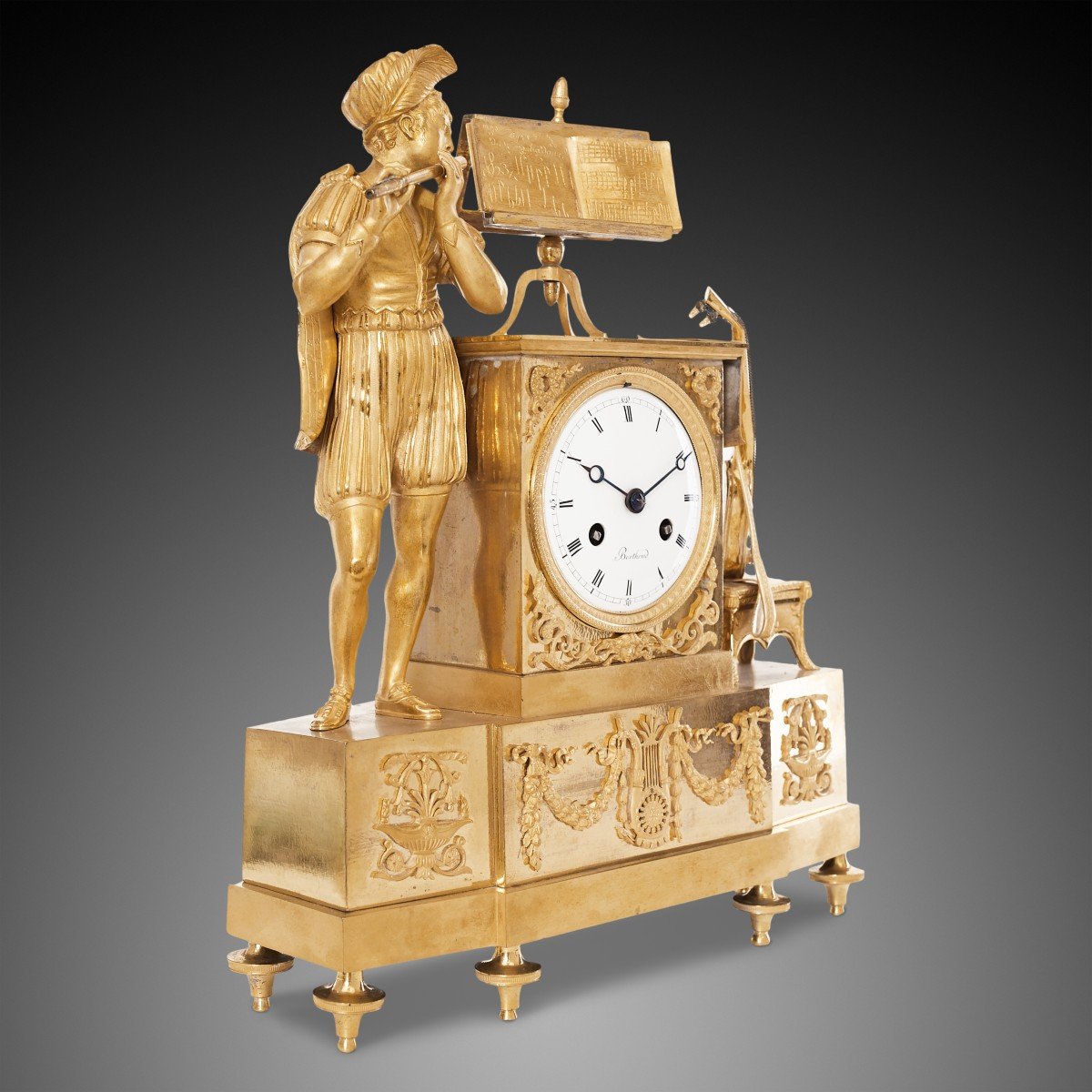

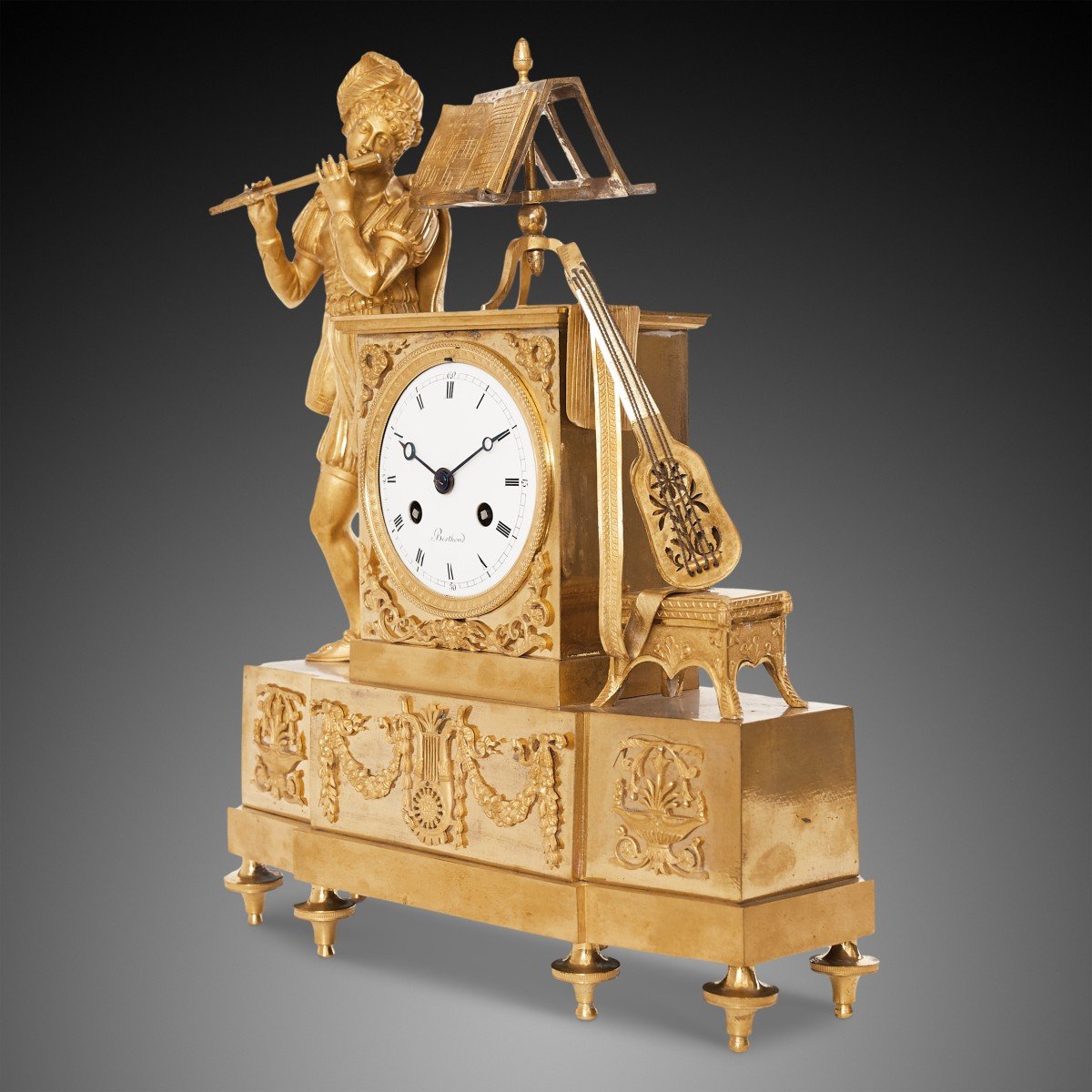
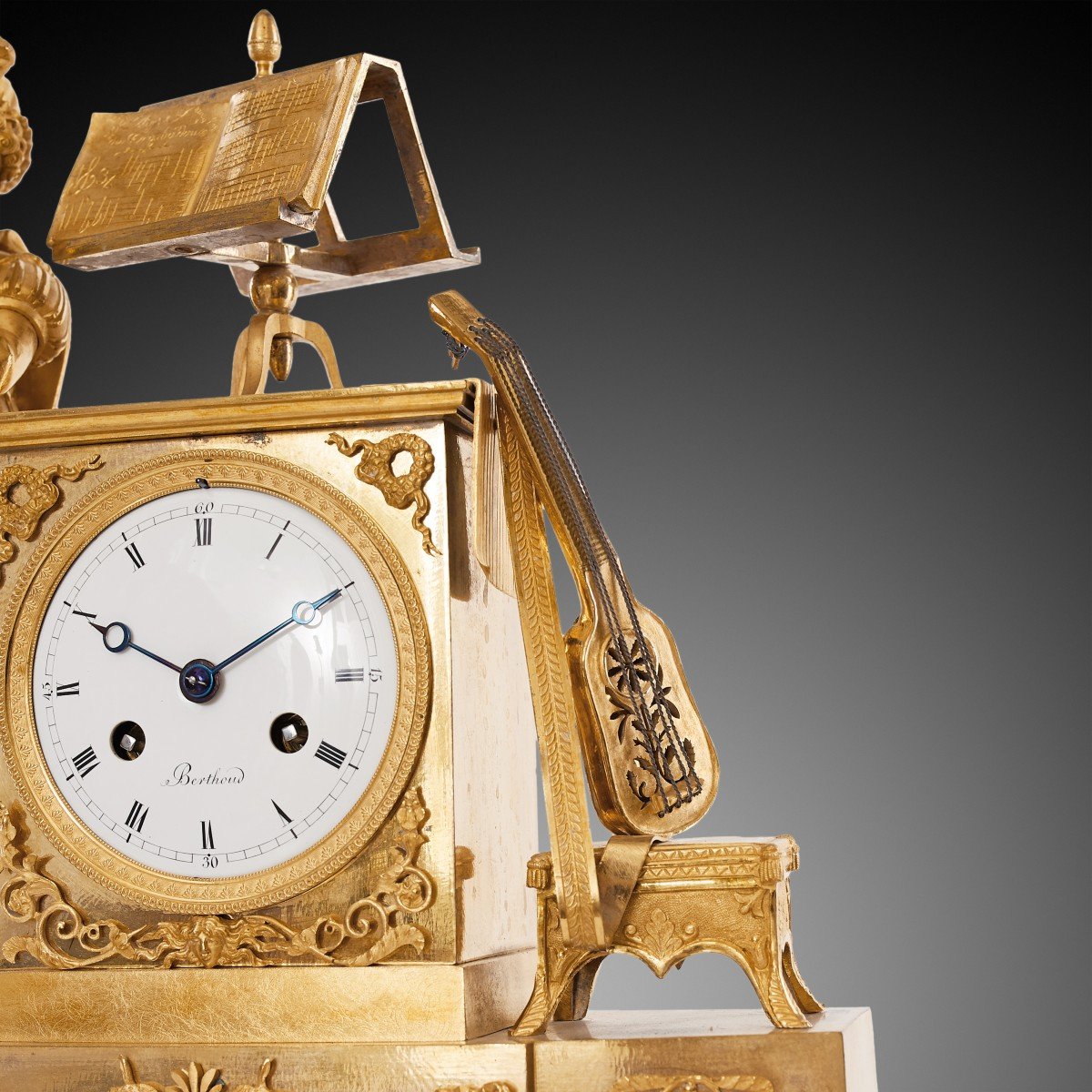
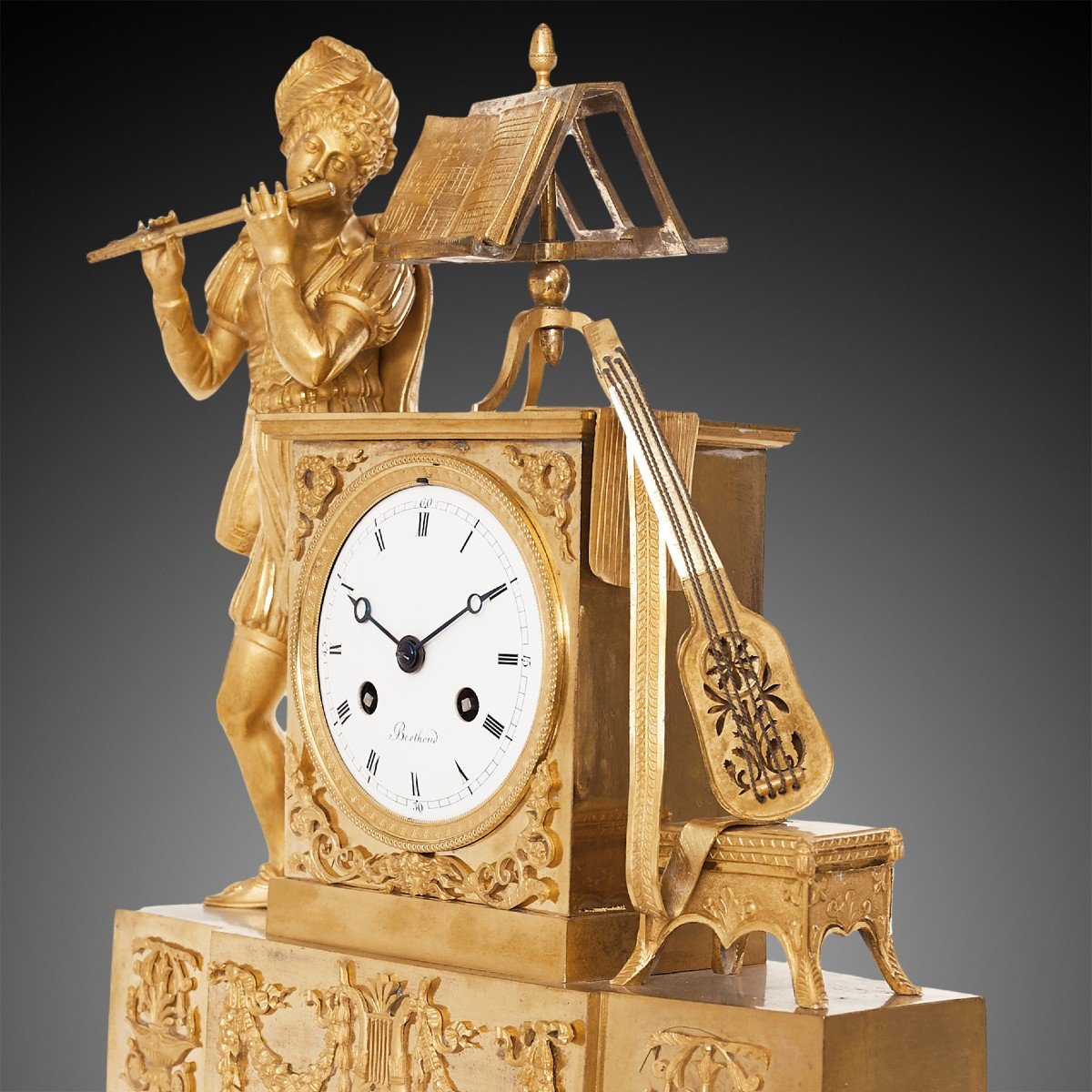








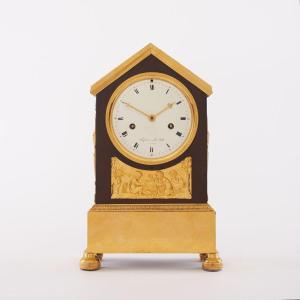
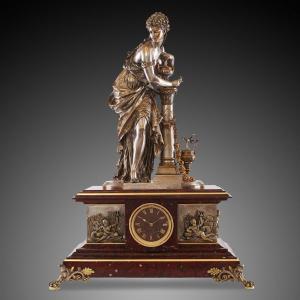
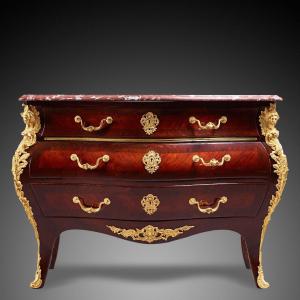

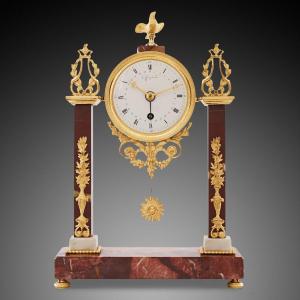
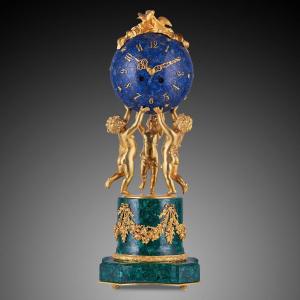


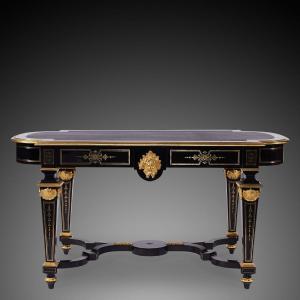



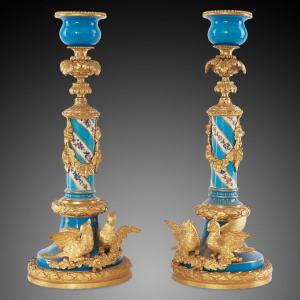




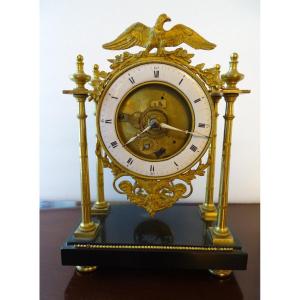
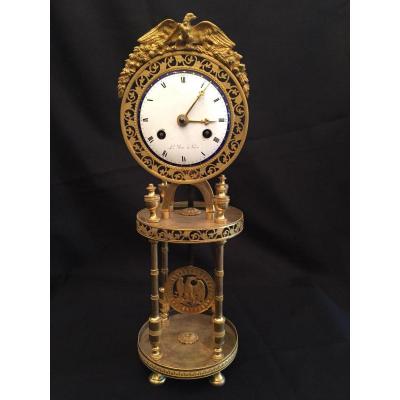
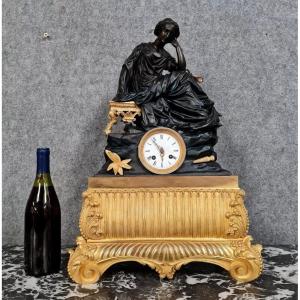



 Le Magazine de PROANTIC
Le Magazine de PROANTIC TRÉSORS Magazine
TRÉSORS Magazine Rivista Artiquariato
Rivista Artiquariato